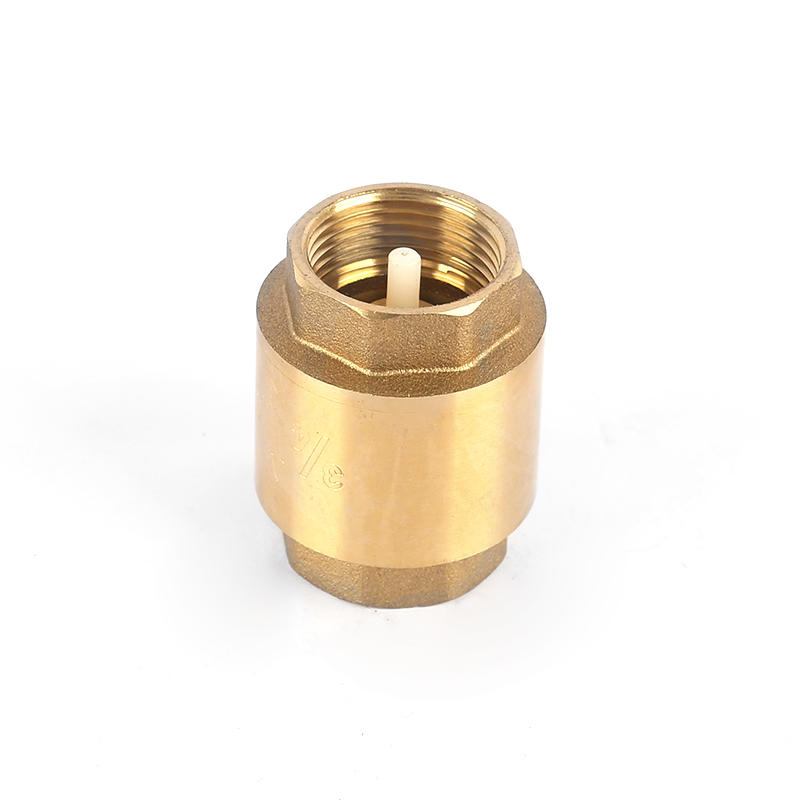At its core, the check valve operates on a straightforward principle: to permit fluid flow in one direction while preventing reverse flow. This simple yet effective mechanism is critical in preventing contamination, damage, or inefficiencies within pipelines or systems.
Constructed from materials such as stainless steel, brass, or PVC, the check valve's design accommodates different pressures, temperatures, and fluid types. This adaptability ensures its relevance across a diverse range of applications, from household plumbing installations to complex industrial setups.
One of the primary functions of the check valve is to prevent backflow, safeguarding systems from potential contamination. In plumbing, it stops wastewater from flowing back into clean water supplies, maintaining hygiene standards. In industrial settings, it shields equipment from damage caused by reverse flow, ensuring operational integrity.
The check valve's versatility is evident in its various configurations, including swing check valves, lift check valves, and inline check valves. Each type is tailored to specific applications, offering distinct advantages based on factors like flow rate, pressure requirements, and space constraints.
Installation of check valves is relatively straightforward, and their effectiveness in preventing backflow helps in reducing maintenance and operational costs. Their low maintenance requirements and robust construction contribute to their reliability, providing consistent performance over extended periods.
Despite their numerous benefits, check valves are not without limitations. Certain designs may create pressure drops or generate noise during operation, considerations that engineers and designers need to address while selecting the appropriate valve for a given system.
smart check valves equipped with sensors and connectivity capabilities have emerged, allowing for remote monitoring and real-time feedback on valve status and performance. This technological integration enhances system efficiency and facilitates predictive maintenance, ensuring optimal functionality.
the check valve stands as a crucial component in fluid systems, ensuring the unidirectional flow of liquids or gases while preventing backflow and potential damage. Its reliability, adaptability, and contribution to system safety make it an integral part of various industries. As technology continues to evolve, the check valve will likely see further refinements, enhancing its efficiency and reliability in safeguarding fluid systems across diverse applications.


 English
English русский
русский Deutsch
Deutsch












